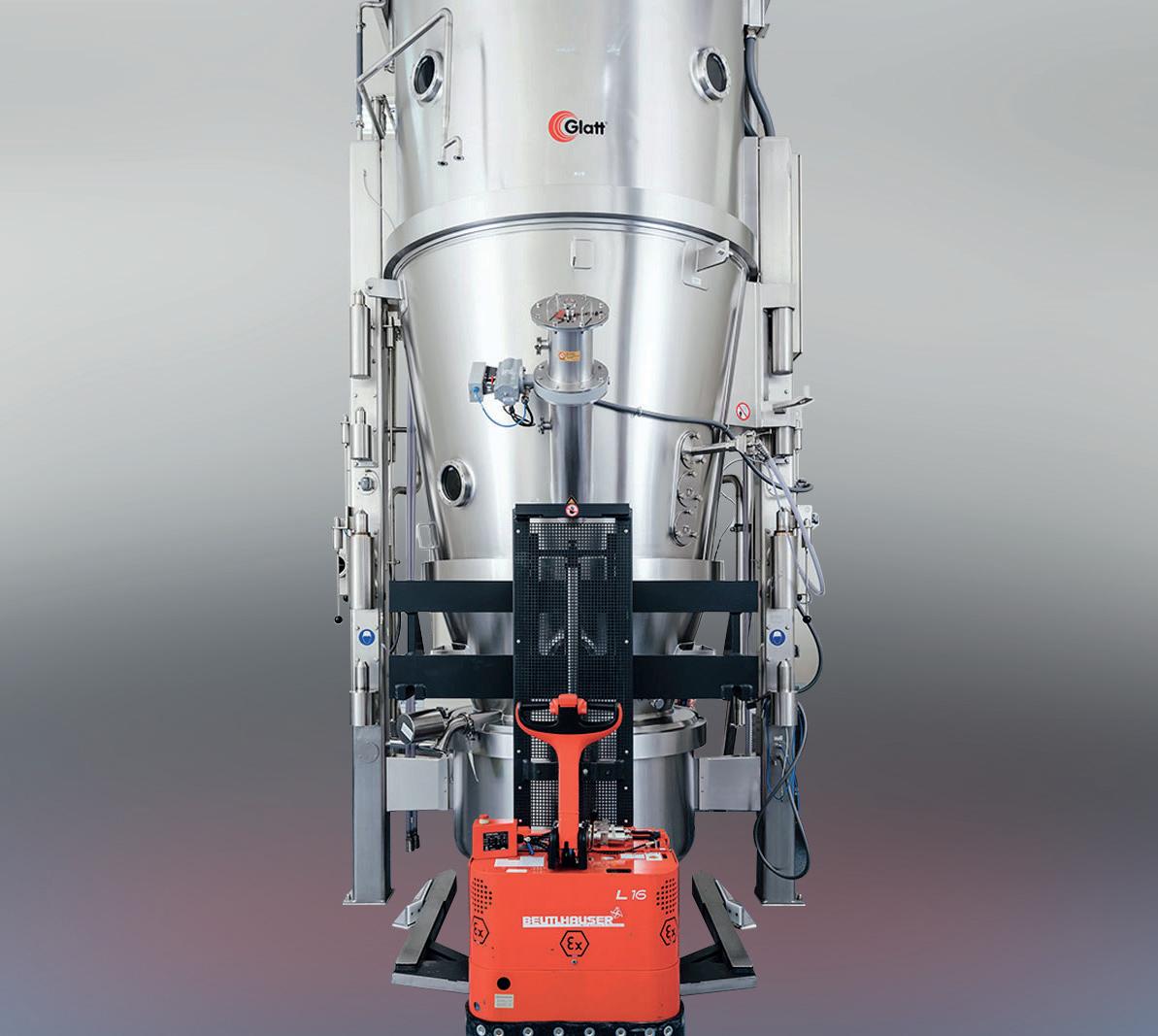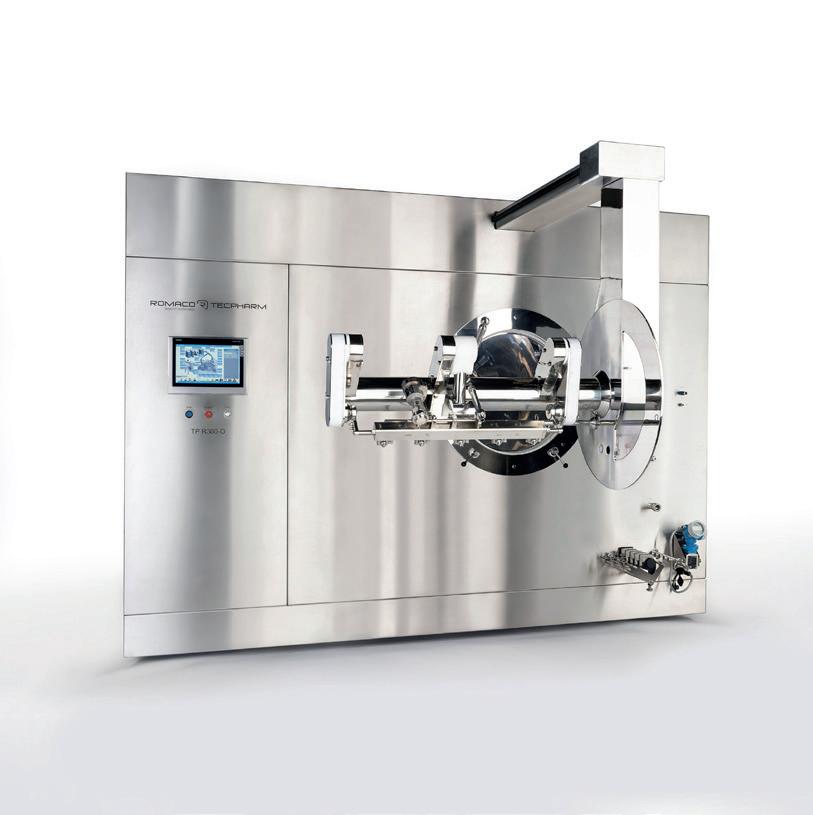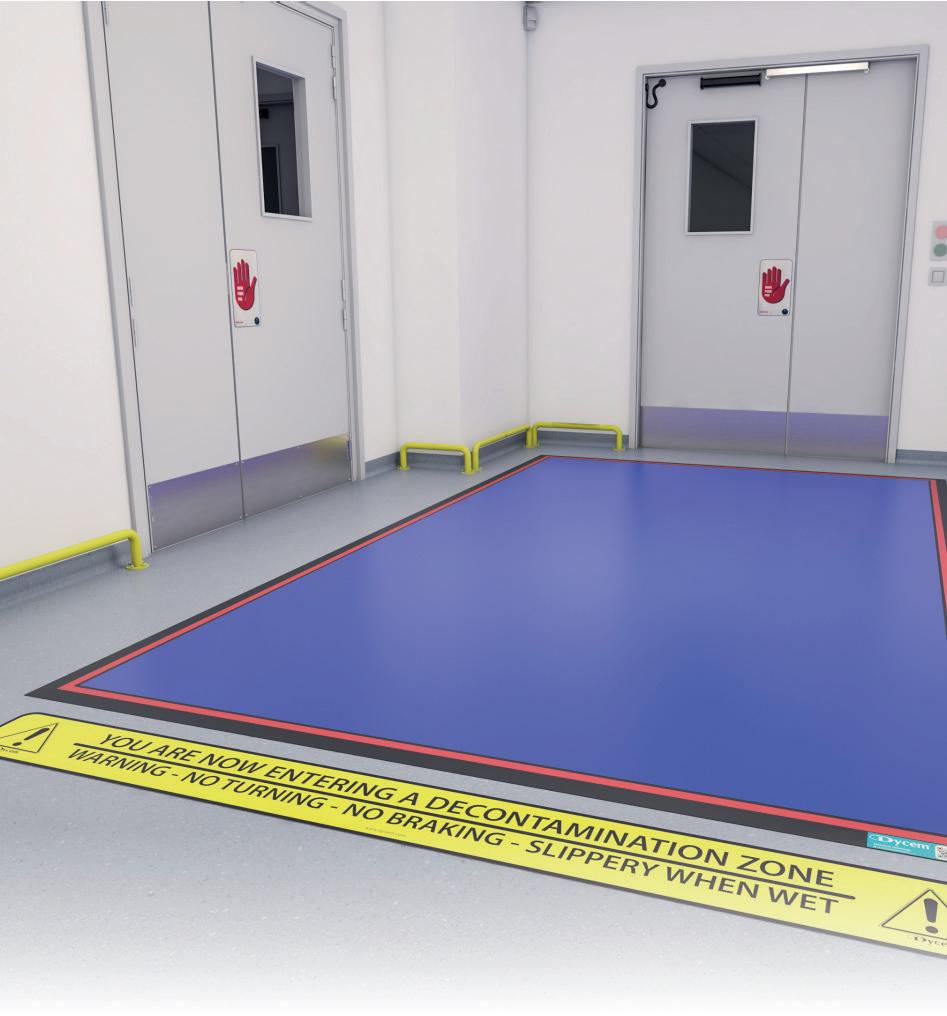
4 minute read
FINDING YOUR “WHY” IN CONTINUOUS BIOMANUFACTURING
from EPM July/August 23
by EPM Magazine
Author: Niklas Jungnelius, Process Modeling Leader at Cytiva.
Moving from batch to continuous manufacturing technologies does not come with any guarantee to improve your production, but implemented wisely, it has the potential to transform it. Clarity on what you aim to get out of your process is essential for success, as well as a willingness to trade some things in exchange for the benefits you want.
Biomanufacturers are under increased pressure to adapt to market demands for reduced cost, flexible production capacity, and, reduced environmental footprint for life-saving therapeutics. In this situation, integrated continuous processing offers compelling arguments such as shorter processing times, fewer manual interactions, reduced equipment size, and smaller facility footprint. Complementing this, a closed connected process may significantly reduce heating, ventilation, and air conditioning (HVAC) energy consumption, one of the main contributors to greenhouse gas emissions and energy costs. But to ensure you achieve the benefits you aim for, you must begin by evaluating your goals and your options.
Setting The Right Goals For Your Specific Needs
Every biopharmaceutical company aims to produce effective, affordable, and high-quality products. Finding the best path to achieve this goal can be challenging. Determining product demand, production capacity, and delivery timeline is the first step, followed by assessing available manufacturing capabilities and making decisions to meet demand.
In today’s environment of increasing molecular diversity, it is important to ensure that your production platforms have the flexibility required to cope with current and future products. Risk tolerance and alignment with existing networks also play a crucial role in decision-making. The complexity increases with each decision point, and seeking guidance from a knowledgeable partner can help navigate the process and understand implications.
Understand The Relationship Between The Decisions You Make
Continuous mode operations allow a faster and more streamlined manufacturing process with high equipment usage, all of which can help shrink facility footprint and reduce capital investments. This may de-risk early capacity investments and support a gradual build-out of capacity with increasing demand. But interconnectivity between unit operations also means your process design gets more complex. It is increasingly important to ensure that safety margins are maintained and that impacts of process deviations are mitigated. Process development resources and timelines need to be managed to avoid delays in putting product on the market.
The implementation of a closed and connected process, whether operating in continuous or batch mode, has great potential to reduce costs due to reductions in both footprint and clean room classification requirements. But it comes with a need for appropriate equipment, advanced automation systems, and process validation.

Multiproduct or multimodal facilities require versatile equipment platforms and skilled workforces to optimise productivity. Collaboration with a contract manufacturing organisation (CMO) or using modular facilities like Cytiva’s KUBio platform can offer cost-effective solutions and expedite time-to-market.
If multi-site production is part of your supply strategy, it is important to ensure transferability of your process. A connected continuous process typically needs careful considerations due to its more complex design, and third-party capacity supporting various continuous production technologies may be limited.
AUTOMATION –A HELPING HAND
Connected and continuous systems are ideally suited for automation, and benefits from labour cost reduction may be far more significant than savings in consumables spend. Implementing an effective automation and digital platform that meets your capabilities and needs is key to successful performance. But automation is a significant investment and reducing the time and cost associated with its development becomes important.
Taking time upfront to select and invest in the right automation and digital solutions allows complex applications to be simplified within the upstream and downstream processes.
Data Management
Process Analytical Tools (PAT), such as advanced sensors and online analytics, play a crucial role in continuous biomanufacturing. Regulatory agencies encourage the use of PAT to enable realtime monitoring, process understanding, and control. Implementing a comprehensive PAT strategy and demonstrating its effectiveness is important for regulatory compliance. With the increasing reliance on automation, data integrity is paramount in continuous biomanufacturing because accurate and reliable data acquisition, storage, and analysis must comply with regulatory expectations.
Process data is a valuable asset and continuous processes generate a lot of it. It is crucial to manage data to make it accessible for analysis to improve process understanding and performance. This calls for a well-considered data sharing strategy, especially if planning for using a CMO.
Regulatory Considerations
Implementing continuous biomanufacturing processes requires careful consideration of regulatory requirements. Regulatory agencies expect a robust validation strategy that demonstrates the consistent performance and control of the continuous process, ensuring the quality and safety of the final product. Continuous biomanufacturing relies heavily on real-time monitoring and control systems to maintain process parameters within specified ranges. These systems must be designed, validated, and integrated effectively to ensure accurate and reliable data collection, process control, and detection of any deviations.
Quality-by-Design (QbD) principles are essential in continuous biomanufacturing to ensure a thorough understanding of the process and its critical parameters. Applying QbD methodologies facilitates process optimisation, risk mitigation, and efficient control strategies, all of which contribute to the quality and consistency of the final product. Continuous processes may involve frequent process parameter changes and adaptations so maintaining appropriate change control procedures is crucial to ensure regulatory compliance. Regulatory authorities may require comprehensive information on facility design, process containment, environmental controls, and cleaning procedures to ensure product quality and prevent cross-contamination.

Environmental Sustainability
Considering and addressing environmental sustainability in the design and implementation of manufacturing processes can contribute to reduce environmental impact and promote a more sustainable industry. Efficient resource usage in continuous manufacturing processes has the potential to reduce environmental impact compared to batch processing, but it is not a given.
A definite impact on greenhouse gas emissions comes from the implementation of closed connected processing, whether run in continuous or batch mode. This as HVAC energy, one of the largest sources of energy use in bioprocessing, may be significantly reduced with reduced clean room classification.

To fully understand the environmental impact of a production process, a life cycle assessment (LCA) is required.
Effectively Execute On Your Strategy
As biopharmaceutical manufacturing is maturing, it is slowly moving toward a future that embraces adoption of innovative technologies that can reduce product failure, increase quality, and drive improved efficiency. Continuous and connected manufacturing can be such technologies. To achieve your continuous processing objectives, you must understand the impact of decisions and leveraging process design, automation, and data analysis. Challenges can be foreseen and addressed through risk assessments, contingency plans, and cross-functional collaboration.
Continuous manufacturing technologies do not come with any guarantee to improve your production and is not ideal for every production scenario. But implemented wisely, integrated continuous manufacturing has the potential to fundamentally transform bioprocessing for the better.










